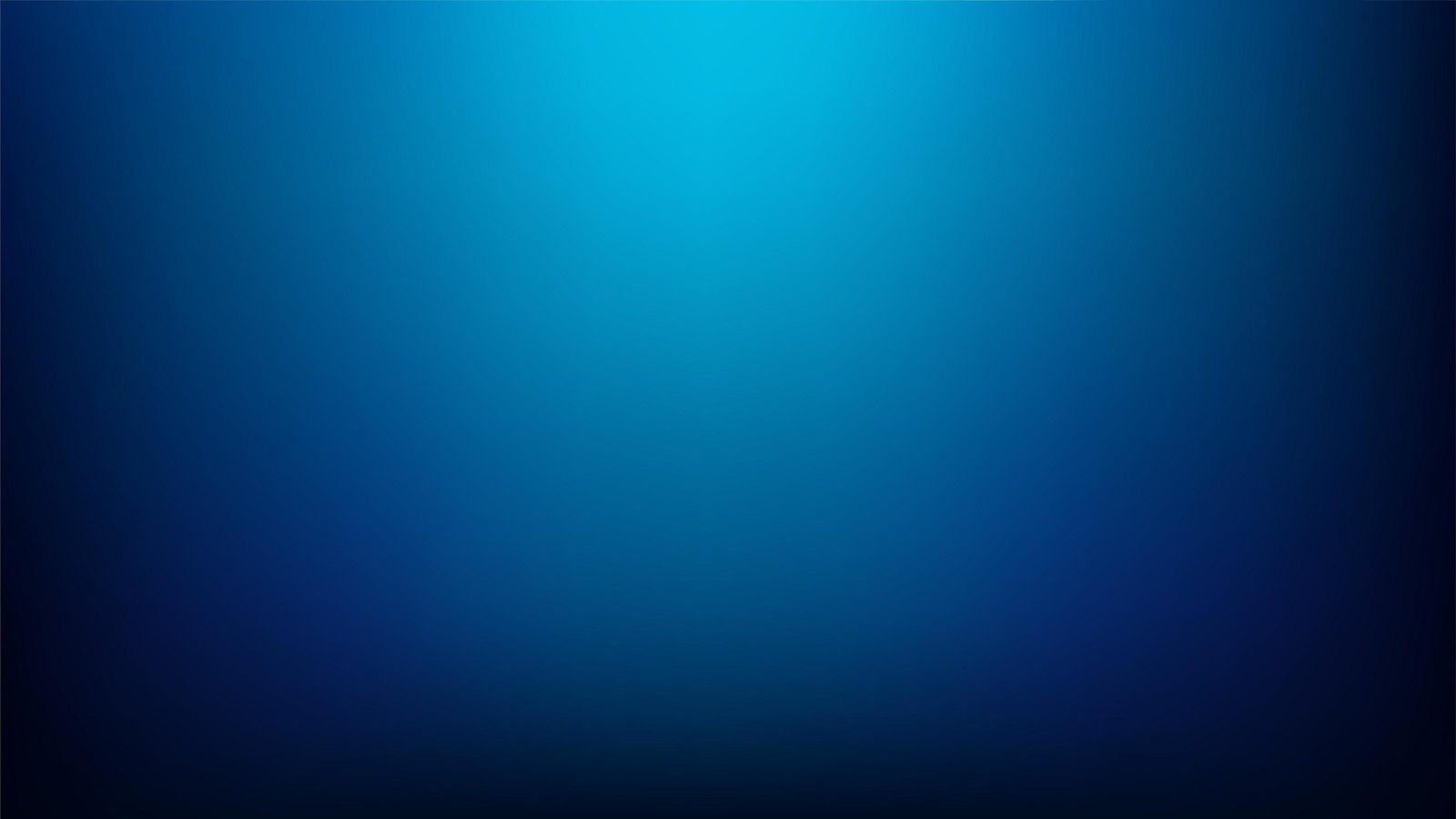Discus fish (Symphysodon spp.): elegance in motion
Water Type: Native to the Amazon River basin in South America, discus fish prefer soft, acidic water with a pH between 6.0 and 7.0. The ideal temperature is 26-30°C.
Aquarium Size: An aquarium of at least 190 liters is recommended to support a group of discus. It provides hiding places and plants to replicate its natural habitat.
Care and Behavior: Discus fish are peaceful and social. They feed on dry, frozen or live food. Keep the water clean and well-oxygenated to mimic its natural surroundings.
Reproduction: Captive breeding is possible, but can be challenging. Discus fish are careful parents, and breeding needs specific conditions and care.
Possible Diseases: They are susceptible to diseases such as ichthyosis and bacterial infections. Maintain strict control of water quality and avoid abrupt changes.
Sexual Dimorphism: Sexual dimorphism in discus fish is not very evident. However, some differences in body shape may be present.
Colors and Varieties: Discus fish come in a variety of colors, including shades of red, green, blue, and brown. There are different varieties, such as the blue disc and the brown disc.
History and Origin: Hailing from the tropical waters of South America, discus fish have been prized for their beauty since the mid-20th century.
Adaptability and Popularity: Although they require specific care, their elegance and vibrant colors make them a popular choice for dedicated aquarists.
Trivia:
- Social Behavior: Discus fish are social and form groups in the wild. In aquariums, they prefer to live in groups.
- Wild Disc vs. Wild Disc Hatchery Disc: Wild discs often have more natural patterns and less intense colors compared to hatchery discs.
Weight and Size: Discus fish are medium to large fish, reaching approximately 15-20 cm in diameter. Although their weight is moderate, their majestic presence makes them stand out in specialized aquariums.















